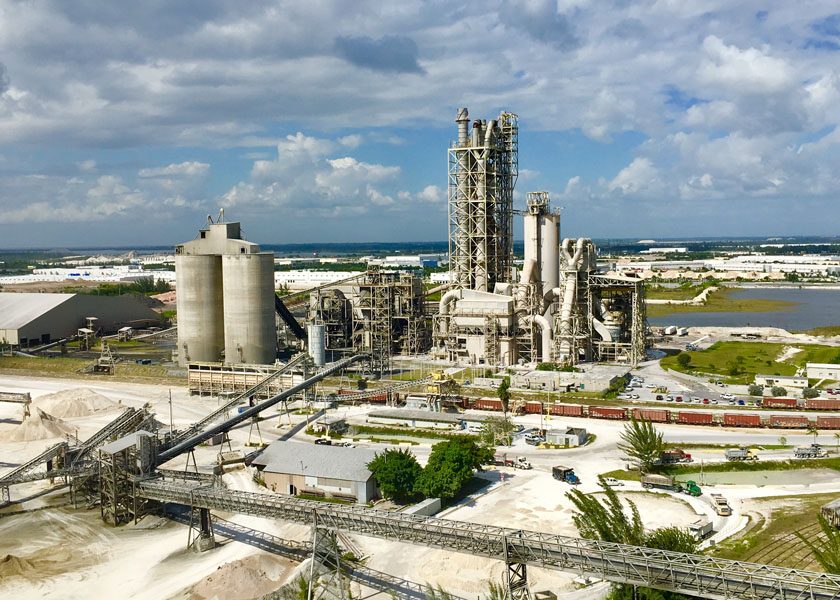Source: McGraw-Hill Construction Analytic
In 2011, Canada’s real GDP is expected to increase 2.1 percent, compared to a 1.6 percent increase in the United States, while next year, the Canadian economy is expected to grow 2.4 percent versus a 2.2 percent gain in the U.S., according to McGraw-Hill Construction Analytic’s 2012 outlook for the Canadian construction market. From a provincial standpoint, Alberta, British Columbia and Saskatchewan will lead the country in growth, fueled by a booming resource sector. The larger provinces of Ontario and Quebec will be restrained by their weak housing markets.
Permits for residential and non-residential construction, which grew 30 percent in 2010 to $70.3 billion, are now expected to pull back slightly in both 2011 and 2012. Residential permits, which grew 36 percent in 2010, will pause over this year and next as higher mortgage rates and rising home prices put downward pressure on demand. Permits will slip to $40.6 billion in 2012, down from $42.2 billion in 2010. Permits for commercial construction will flatten in 2011, then decline 6 percent, to $14 billion, in 2012. Institutional construction permits will decline 6 percent this year but will improve 7 percent, to $8.3 billion, in 2012. The industrial sector will be the lone area of growth in 2011, with permits increasing 2 percent. But a 1 percent drop in 2012 will bring permits down to $5.0 billion.
Capital expenditures for engineering and construction have shown strength in recent years as money from government stimulus programs made its way through the sector. Total engineering construction has risen from $57.4 billion in 2009 to an expected $69.3 billion in 2011. In 2012, however, capital expenditures for infrastructure are expected to flatten out at $69.6 billion.
The oil-and-gas sector will continue to accelerate as investment in the western provinces grows. By contrast, the outlook for the transportation, waterworks and sewage sectors will be negative as reduced government spending stifles activity.



